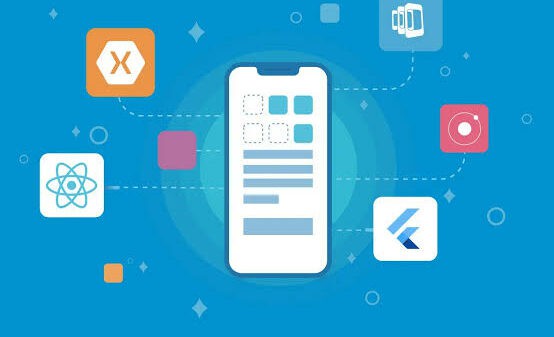Mobile app development isn’t easy. While you have to worry about complications that come up during the development process, you also have to keep in mind how well your app could play with your audience. What looks good in the prototyping face may not be all that intuitive to use in practice, and it’s just as important to keep the end user experience in mind as it is to prepare for technical issues or traffic jams in your development pipelines. No matter how well your development process is planned, chances are good that something will go wrong, and that’s where the agile methodology can be such a crucial advantage for a mobile app developer.
What is Agile Development?
Traditional mobile app development is more or less a straight line. You begin a project with a blueprint for what you want and how you hope to achieve it, and it’s the job of managerial to keep everyone moving in their respective trajectories despite any complications that may arise along the way. Ideation gives way to design and development which is then concluded with quality assurance, testing, and release. The agile methodology, by comparison, breaks down development into smaller component parts. Referred to as “sprints”, these bite-sized chunks of work ensure that there are never too many redundancies and reduces the risk that one team’s work will be made obsolete by the failures of another aspect of the project. This methodology also helps during quality testing and after release, since it allows the developers to respond more directly to the needs of their users and roll out new features on a more steady basis. But this methodology can have a huge number of benefits, and it’s especially useful when dealing with the more complicated and mercurial demands of mobile users.
More Meticulous Testing
Debugging is one of the most labor-intensive tasks a mobile app developer has to take on. Digging through blocks upon blocks of code to find the source of a bug is often like searching for a needle in a haystack. Because the various components of an agile project are essentially modular, developers can bypass many of these issues. Each sprint can be tested individually, reducing the risk of bugs cropping up later in the development process, and it also ensures a more stable and responsive product when it’s finally deployed for your customers.
Better Response to Customer Feedback
Mobile apps aren’t a static product. What hits the market on day one will rarely look the same a year or even a month down the line, and the faster you can adapt to the criticisms and needs of your customers, the better your chance of retaining users. The agile process can be extended to benefit the entire life of your project. Making updates to mobile apps designed with the agile philosophy in mind is far easier than the compatibility concerns that come with apps designed with a more traditional methodology. Updates can be accomplished in short sprints, and you can properly triage and deploy the most critical updates rather than having version releases that are further spread out in terms of timing.
A Model That’s Tailor Made For Mobile
While agile development can benefit practically any software platform, it’s especially well tailored to the unique limitations of mobile development. Users are typically looking for an app that they can download quickly and use almost immediately, and many users on mobile devices still have issues with the limited storage available on their phones. When you implement an agile structure into your app design, you have more leverage to fine tune the process and make sure that the user experience is seamless and your customers aren’t spending unneeded time downloading your product from the app store.
The Ability to Scale Back Features
Nimbleness is the name of the game where mobile apps are concerned, and it’s often the case that developers roll out a product with simply too many features. If you reach the point where you need to trim back the feature creep on your app or reconfigure the user interface to make everything more easily accessible for your clients, agile development allows you to accomplish this goal more easily and without having to redesign the fundamentals of the app.
Amit Tiwari is a digital marketer, blogger & writer. With over 5 years of experience in web industry, he has helped his clients to launch their marketing campaigns successfully. He also likes to explore various online tools and share that knowledge by writing useful blog posts.






















































































































































































